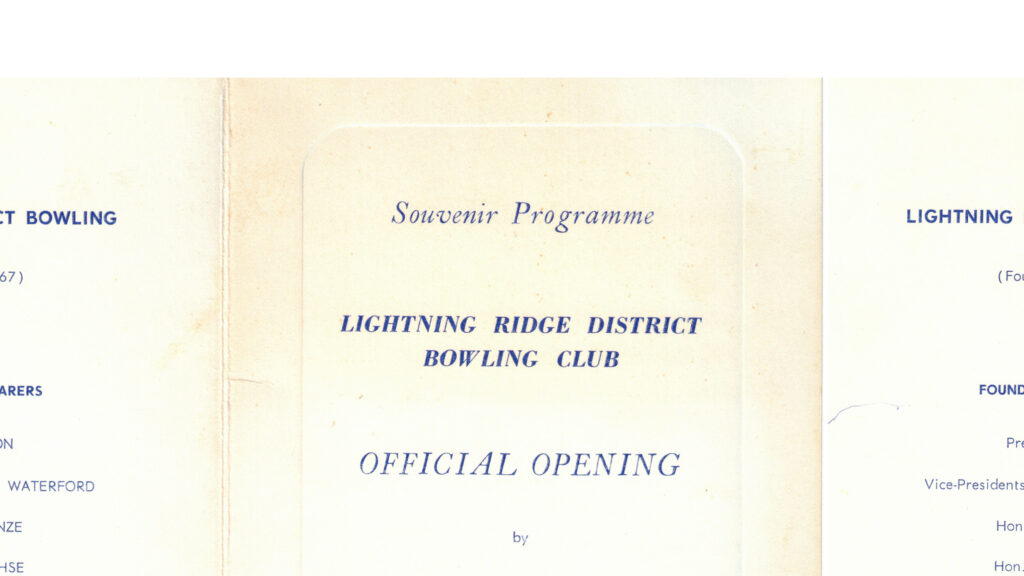
The Lightning Ridge Bowling Club has been the community’s beating heart since its official opening, but its journey to that milestone was not easy. The club opened its doors in Morilla Street in 1966, but it wasn’t until April 1969 that its first official competition as a member of the Royal NSW Bowling Association was […]
Read More…
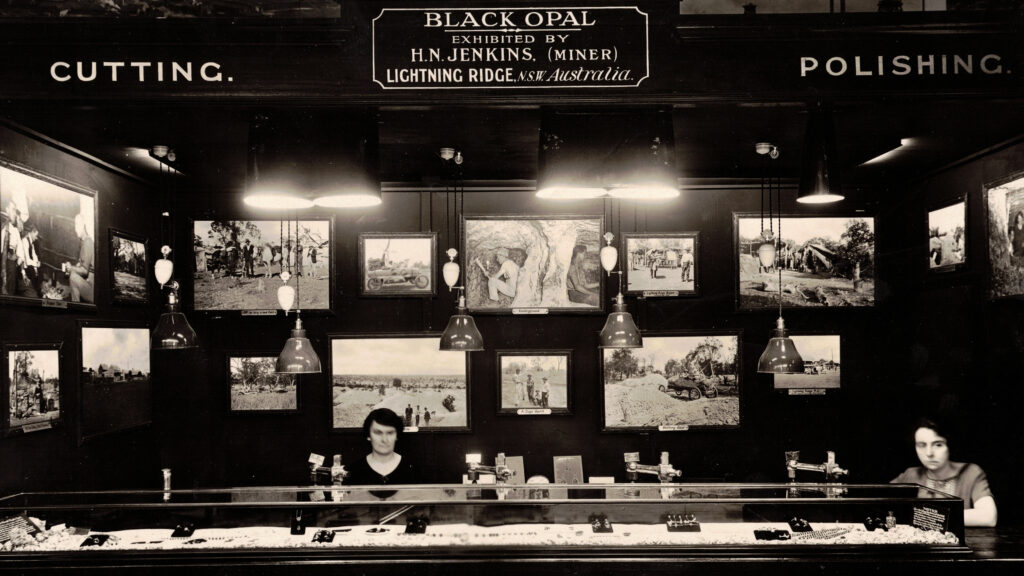
In April 1924, King George V (1865-1936) opened the British Empire Exhibition in Wembley to revive a war-weary economy. The 215-acre trade fair and amusement park showcased the resources of his Empire, uniting fifty-six colonies and dominions in a bid to boost prosperity and trade networks. Australia’s pavilion was abuzz, boasting dioramas with life-sized butter […]
Read More…
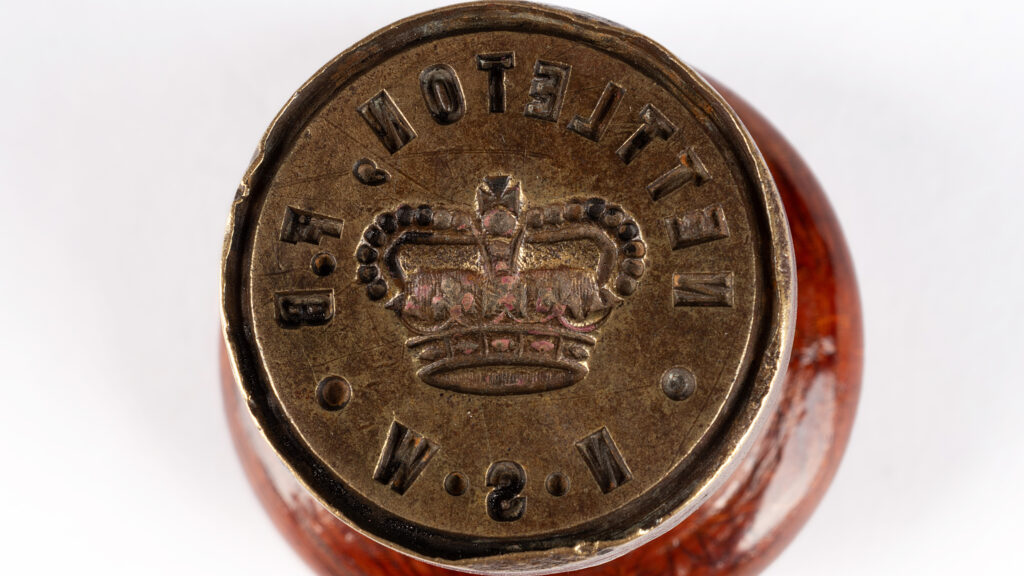
Found at the former settlement of Nettleton near Lightning Ridge in north-west NSW, this brass seal was used at the local post office from 1912 when the area was bustling with opal miners and their families. As well as the post office, Nettleton once boasted a school, boarding house, and shops selling flour and tea, […]
Read More…
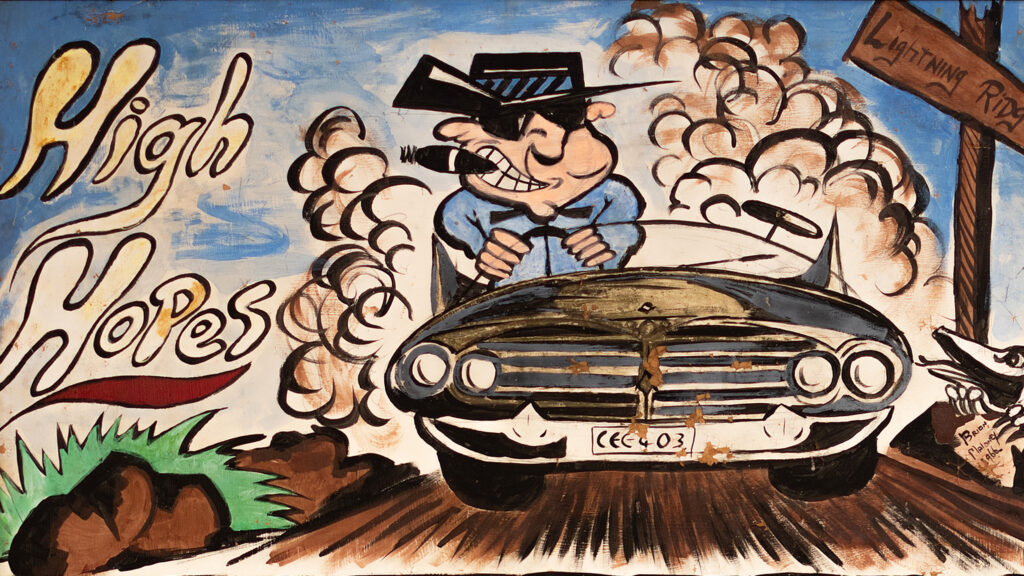
It’s a familiar tale in the outback. A city slicker, rolling into a mining town with dreams of striking it rich, only to be met with the brutal reality of life in the desert. Brian Maloney’s cartoon satirically depicts what Lightning Ridge locals refer to as ‘Going Gougin’,’ reminding us that opal mining isn’t for […]
Read More…
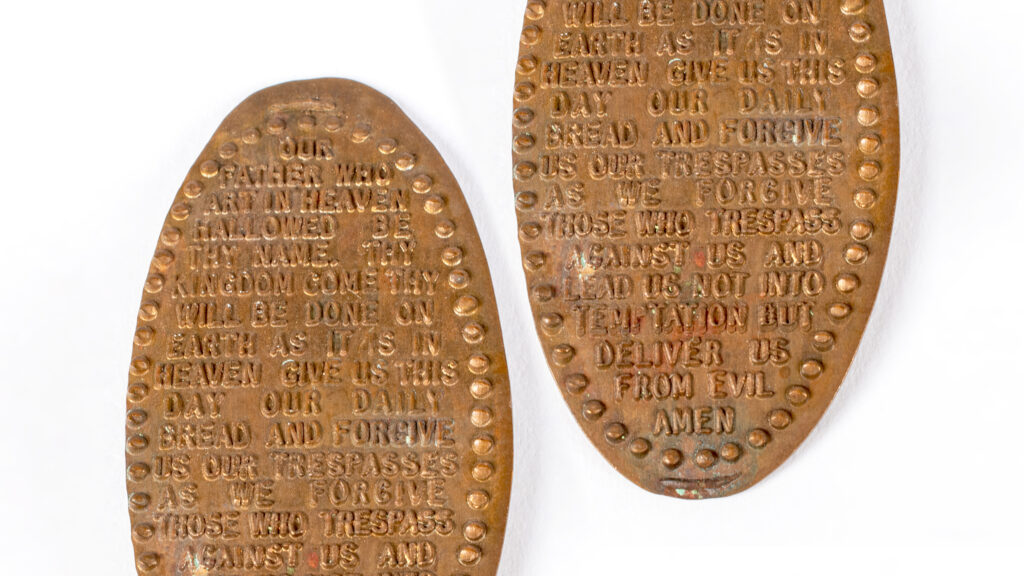
When Madeleine Lenz (1917-2009) first visited Lightning Ridge in the 1950s, it was a rough, remote outpost with just 64 residents. The settlement had no town water, power or police—just a pub, a small store, and dirt roads riddled with potholes. The nearest doctor was fifty miles away at Walgett. Despite its harsh conditions, Madeleine […]
Read More…
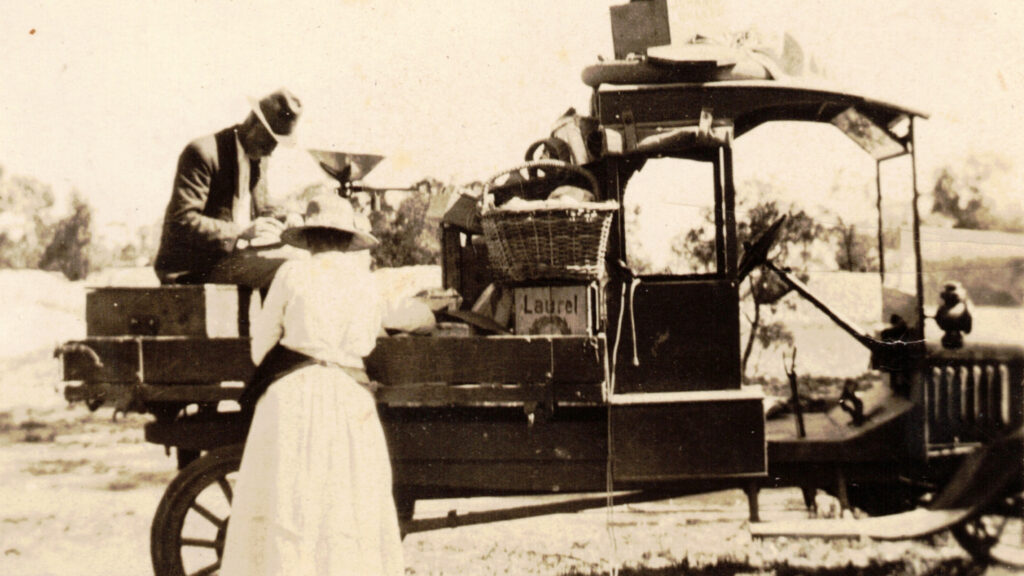
Imagine if your monthly grocery shopping took nearly a week! In the colony’s early years, settler women and their children living on remote properties often had to travel a few days by buggy on dirt tracks to get to the nearest township for supplies. Overnight stays at inns and hotels were common, and a good […]
Read More…
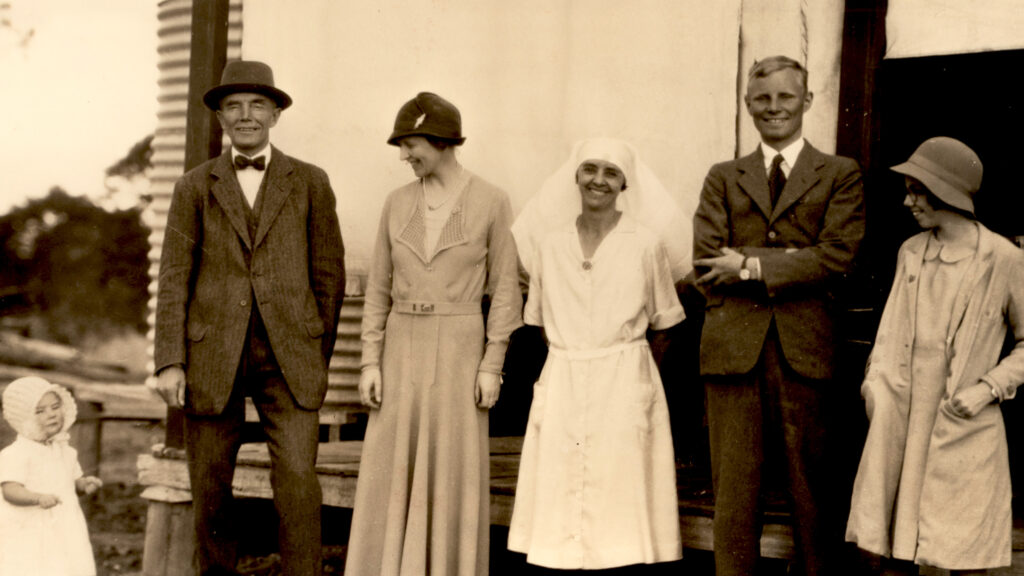
In May 1934, in their respective roles as Patron of the Bush Nursing Association (BNA), Lady Gwendolen Game (d. 1972) and her husband Sir Philip Woolcott Game (1876-1961), visited Lightning Ridge Cottage Hospital in north-west NSW with their children Rosemary and Philip. A rural health service established in Australia in 1911, the BNA in Lightning […]
Read More…
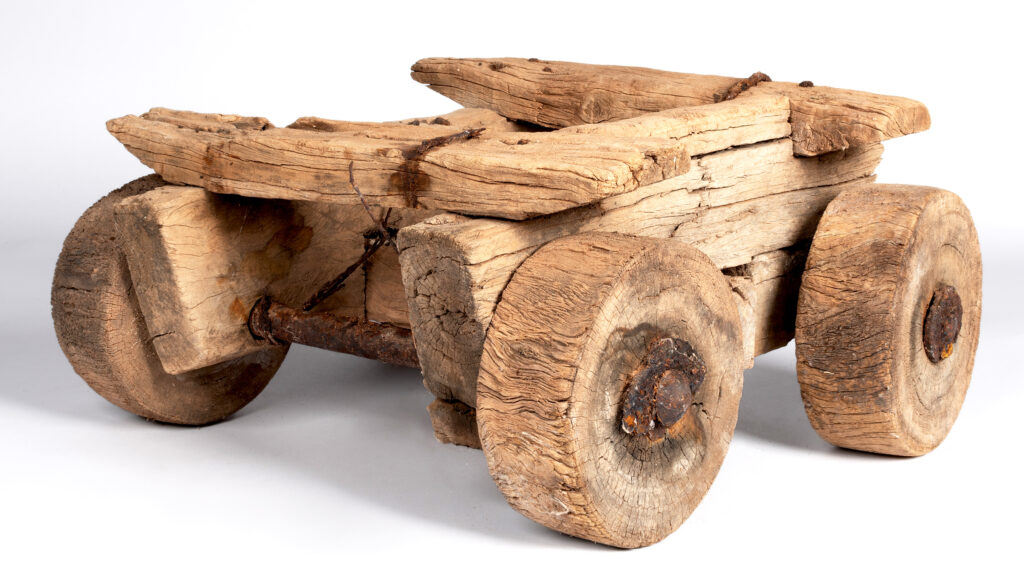
Used at the Lightning Ridge opal fields on Yuwaalaraay Country, this handmade mining trolley is testament to the back breaking work and inventive spirit the manual mining era is remembered for. Its wooden parts were made using local, termite-resistant white cypress pine, held together using butt and lap joints, nails and wire. The wheels were […]
Read More…

Although world-renowned for its fine merino wool today, the fleece of Australia’s first flocks struggled to pass muster, and the wool industry didn’t hit its stride until the 1860s. Back then, all shearers used hand shears like these. As flocks and demand for fleece grew, graziers started searching for ways to increase productivity. Enter Frederick […]
Read More…











